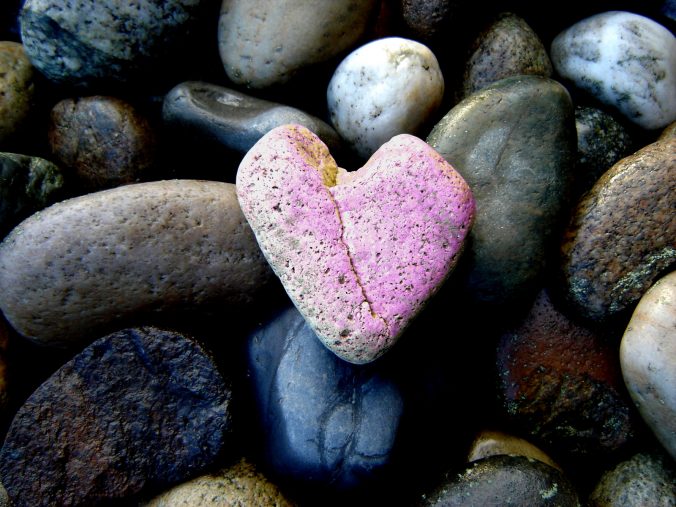After my husband passed away, I went looking for support groups to help for coping with grief. Everywhere I turned I found the image of a butterfly. It was almost like the universal symbol of getting over a tragedy, and that bothered me.
I have always loved the butterfly (Gribble is a caterpillar after all). The butterfly is a beautiful symbol with a beautiful message. Unfortunately, the butterfly metaphor is simply too froo-froo for real life loss and tragedy. No, my froo-froo comment is not meant to hurt any creatures’ feelings, insect or otherwise.
The Phoenix
I prefer to think of the phoenix when it comes to this journey through tragedy and loss. The phoenix simply lives its life until one day flames burst from within to consume it completely. From its ashes rises an ugly little hatchling. But that hatchling will learn and grow and one day become an awe-inspiring phoenix again.
Just like the phoenix, we too experience a fire that consumes us until we are nothing but a pile of useless and messy ash. The pain of loss isn’t something you can truly prepare for. Even those who know the end is coming still can’t fully prepare for the shock of that final goodbye—walking away from the empty, puppet-like body that first time.
The shock is like a lightning strike. We are instantly consumed by the burning fire of every nerve in our body prickling everywhere at once. Peacefully sleep in a safe cocoon while the flames lick at our souls with searing heat doesn’t work. We are forced to stand there in pain and suffer through every agonizing moment. The funeral, telling the rest of the family, wills, finances, living arrangements, etc. slap the bereaved in the face. When the burning eventually dies down, we are left in a very vulnerable state.
The Hard Work of a New Life
Nothing but the hard work of restarting our lives again exists. Well, except without the heart that was ripped from our chest like that unfortunate sacrificial slave in Indiana Jones and the Temple of Doom. We don’t get to emerge with beautiful wings and fly off to peacefully live out the rest of our lives. Free to fly around, taunting innocent children holding silly nets.
We are left as a hatchling that doesn’t know what to do. How do you sweep up the messy ashes of our new beginning? If you’ve ever had to sweep up ashes in a fireplace, you will know that it takes a lot more than a broom and dustpan to clean up the mess. It’s a long drawn out process that gets everywhere before the world is set as close to right as possible.
Through that process, we have the opportunity to become as beautiful as the firebird we were with bold, vivid colors. The butterfly doesn’t pass through the heart wrenching pain of tragedy and loss. We are a phoenix whose end is as fiery and challenging as its beginning.
Gribble’s Perspective
Now you are probably wondering why Gribble, our friendly caterpillar, supports this distinction. We discussed the delicate topic at length before he explained his perspective beautifully saying:
“The Phoenix can have all the glory as a symbol of grief. My kind seek to inspire an innocent, loving hope for the future. At some point, those who are marred by the fiery scars of great loss will grow enough and heal enough and be confident enough to emerge from that moment of grief. They will finally be strong enough to show the world their flying colors. But grief never fully resolves. There are always moments when their inner phoenix flares up. It is at those moments when my fellow Lepidoptera and I will be right there with a fresh bottle of Aloe for our friend.”
Image Credit: Pexels








